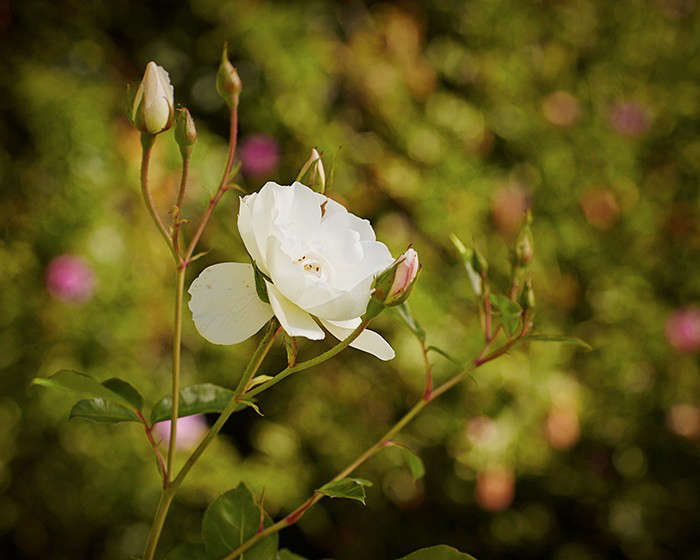Mrs. Hart was my next-door neighbor on Long Island. She was what we called “an original owner,” having moved into her brand-new house in a brand-new subdivision in the post-war exuberance of the 1940s. In the ensuing decades, she’d raised a son, outlived a husband, and cultivated magnificent rose bushes. Big, round powder puffs of flowers dotted her front yard in June. She spent most of her time pruning roses, wearing a housedress and a floppy hat to prevent sunstroke.
One time I asked how she kept her roses from going leggy and wild. Mrs. Hart looked up, stopped clipping briefly, and said, “It’s easier to show you than to tell you.”
Photography by John Merkl for Gardenista.
Need To Know

Supplies

- Pruners
- Gloves
- Alcohol
- Cotton swabs
Disinfect

Deadhead

Shape

Angle


Wondering which roses will thrive in your climate? See our regional rose guides at A Rose for All Regions: Northeast US Edition, A Rose for All Regions: Texas Edition, and A Rose for All Regions: Northern California Edition.
New to gardening? See our Gardening 101 archives, with tips on such basics as forcing bulbs, sprouting seeds, and drawing a garden plan.









Have a Question or Comment About This Post?
Join the conversation